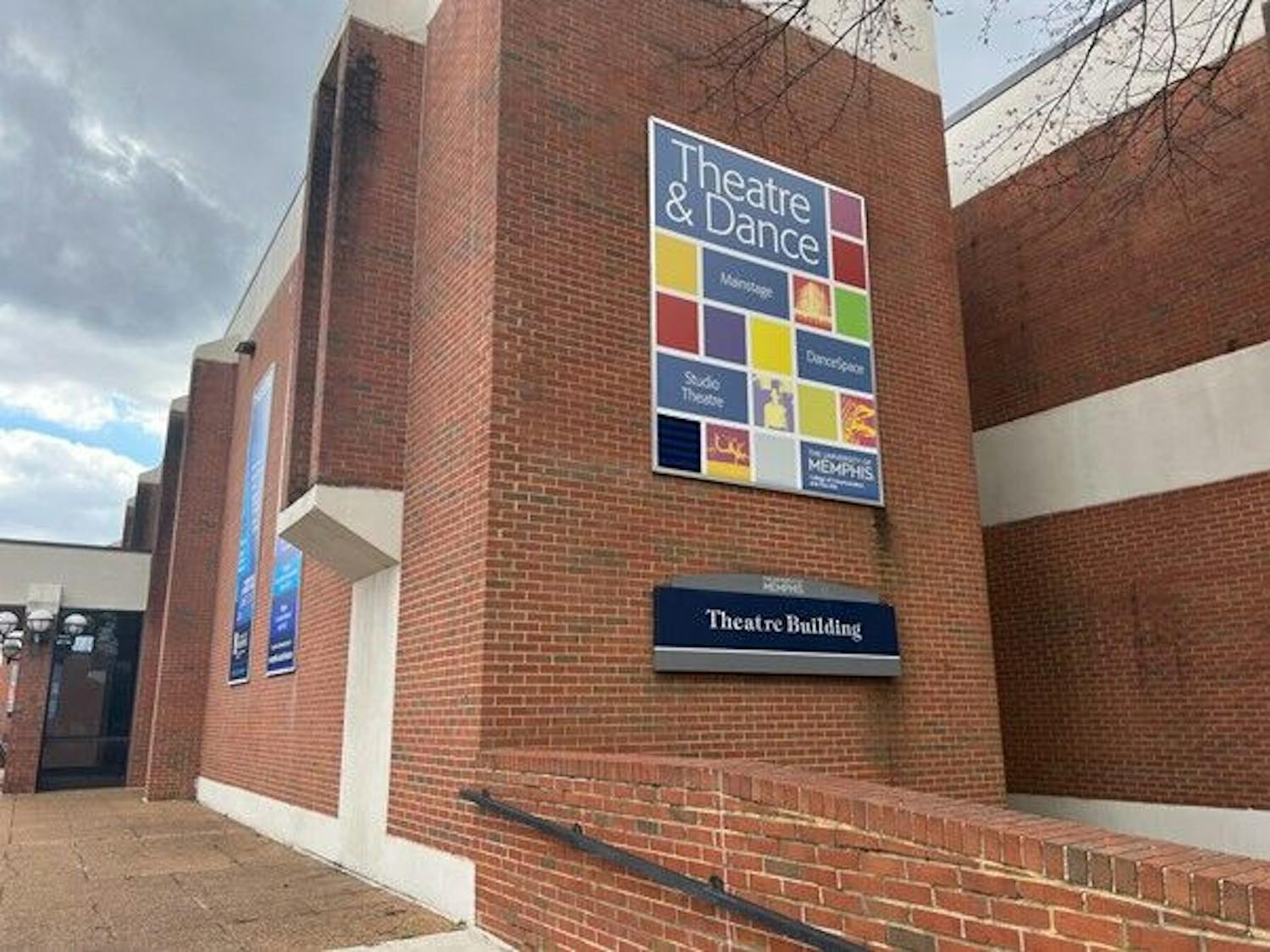University of Memphis Police Services hosted a Crisis Preparedness and Response Seminar on Tuesday in the Michael D. Rose Theatre to discuss events of mass violence and to inform students on what to do in an active shooter situation.
At the seminar, FBI special agent Tom Hassell and U of M assistant chief of police Derek Myers also addressed how to identify individuals who may commit acts of violence and the proper way to notify campus police. Myers said informing the campus of these measures can have an impact on individuals and prevent future disasters.
“Every single person we talk to is another plus in my book,” Myers said. “It’s like planting a little seed. It’s probably not going to happen to you, but if it does, I hope that little seed’s been planted, so if something bad does start to break out, you go, ‘Wait a minute. I know what to do here.’”
In light of mass shootings that have occurred across the country in recent months, Police Services sought to “communicate safety information” to the campus including making clear what an active shooter is and the best way to react if one appears.
An active shooter is defined by the United States Department of Homeland Security (DHS) as an individual actively engaged in killing or attempting to kill people in a confined and populated area. Hassell and Police Services prompted students to follow the DHS’s simple three-part phrase on how to respond in an active shooter situation: Run, Hide, Fight.
“That’s the idea behind Run, Hide, Fight: to get it into people’s heads like Stop, Drop and Roll,” Myers said. “Very simple, easy to remember, should come back to you even in a crisis situation where you’re panicked.”
1. Run
The first thing students are encouraged to do in an active shooter situation is run to safety, especially if they are some distance away from the shooter and out of the line of fire. Students should evacuate, making sure not to run in a straight line to avoid fire and not worrying about their personal belongings, which could slow them down.
They are also encouraged to persuade others to join them in the escape but not be slowed down by their decision.
2. Hide
If evacuating is not an option, people caught in an active shooter situation are encouraged to hide, preferably in a locked and barricaded location. When hiding in a room, students should be sure to lock the doors, turn off the lights, remain quiet and stay low. Police Services also encourages students to silence cellular devices and turn off vibration, but to keep their phones on in case they can still call for help.
Students can also try to limit the shooter’s movement by locking doors, shutting down elevators and wetting down hallway floors with soap and water if time permits.
Hassell said sturdy objects are best for barricades when available, and solid objects such as the front of cars should always be used for hiding.
“Cover is something a bullet won’t go through,” Hassell said. “You want to get behind something structural. The more stuff you put between you and the bad guy, the better off you’re going to be.”
3. Fight
The last resort in an active shooter situation is to fight. When running and hiding are no longer options, students are encouraged to fully commit to acts of aggression against the shooter. Students should also try using nearby items to subdue the shooter or hold them until law enforcement arrives. Students should be fully prepared to fight if they must.
“If you’ve got to fight, fight for your life, you’ve only got one of them,” Hassell said. “Go for the soft spots: the eyes, the ears, the throat, the nose and the groin. Compromise those areas until there’s no fight left in you or no fight left in the bad guy.”





